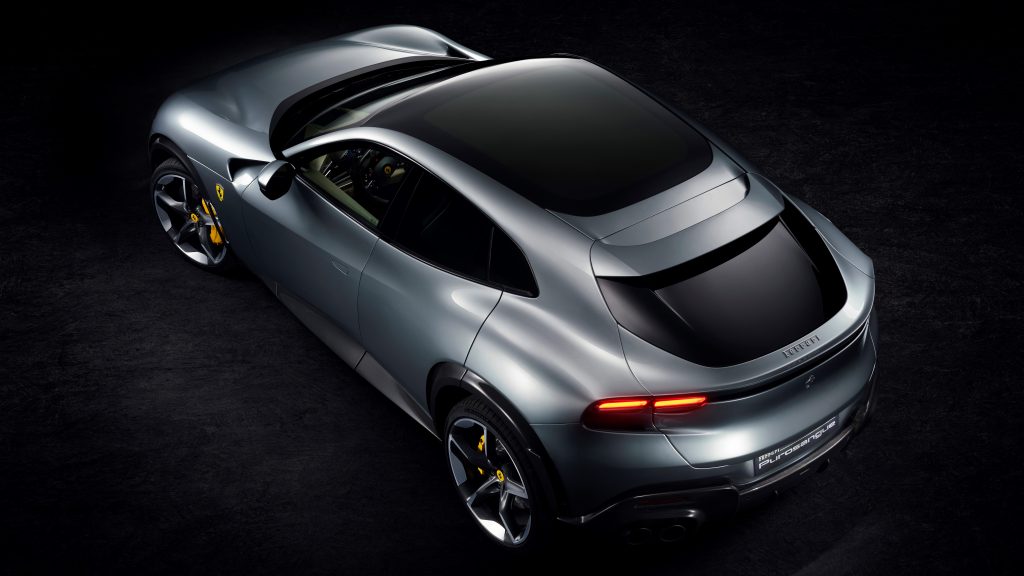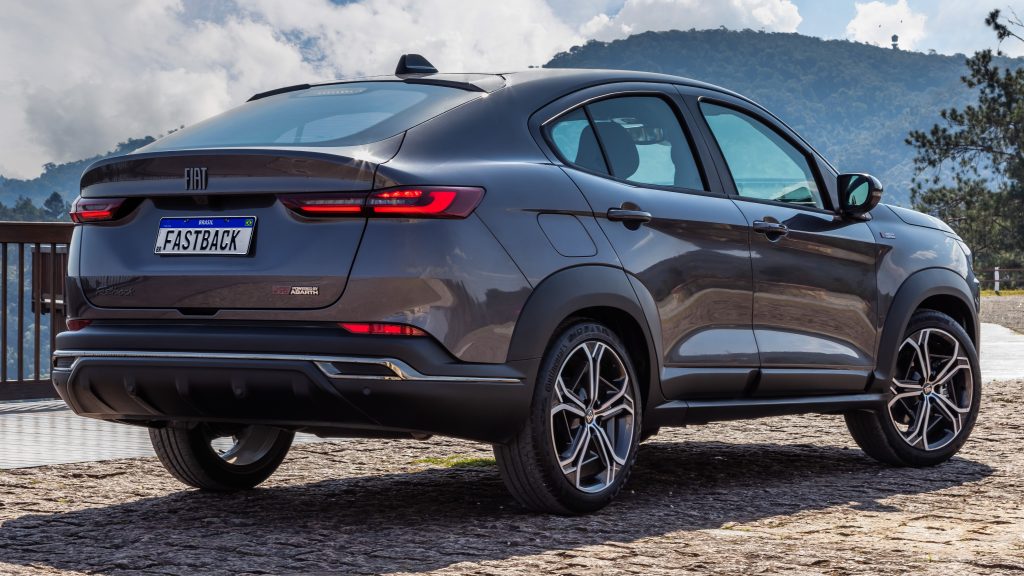Some of them come from unique partnerships, others celebrate special events… and others exist just because. Either way, limited editions are all the rage in the car world!

Earlier this week, the Purosangue made the news again. No, Ferrari has not given it a new variation even more subversive than the base car. It has just mentioned that the four-door model will have a limited run of 20% of the whole company’s yearly production. The problem is that it implies the figure of 3,000 units, which is much lower than what its demand requires. As it turns out, that has always been the goal.
Limited editions have always been present in the car world. AMC and Lincoln once partnered with fashion designers. Mercedes-Benz loves to release new cars to the market with an Edition 1. Even Jeep and RAM, which compete in very different market segments, have managed to benefit from that resource. Here, we are going to take a closer look at why limited production editions are so alluring in the car market.

Limited editions are exclusive
The most intuitive argument that drives people to those cars is the fact that only a handful will get access to them. And we are not talking about the “regular” handful who have enough money to buy and to keep such a car. Since more and more people are fitting into that description, they are not considered exclusive anymore. Luxury automakers have found ways to segregate them even further with limited editions.

Bugatti creates a new model, like the Chiron, then makes several derivations like the Mistral. Bentley and Mercedes-Maybach have programs for virtually infinite customization on each car. Rolls-Royce builds on that and offers a coachbuilding service if you want the whole car to be unique. And Ferrari has created the Icona series, whose cars do not necessarily have anything in common with the regular ones.
Such solutions are a true win-win. Automakers can charge more per car while buyers use their wealth to make their car closer to what they really want. Companies like Ferrari and Bugatti develop entire projects that will only spawn a few cars each. Whatever they can do to increase their profit margin comes in handy to overcome the gigantic costs they incur to create such projects and to individually produce such cars.

Limited editions have hype
The release of an all-new car is always exciting. The automaker applies its latest technologies to it, takes a new step on its current design language, and/or uses it to show its upcoming plans. The specialized press is eager to report all about it and customers, as you can imagine, cannot wait to park one in their garage. It is easy to figure that automakers would love to find ways to capitalize as much as possible on that.

We can say that “first” limited editions exist for the sake of that excitement. Companies often make a few units to offer before the regular car goes on sale. The latest examples come with a full equipment list and some visual exclusivities. The BMW i7 above, for example, brings a special two-tone paint. Mercedes-Benz likes to add sporty items and visual accents in orange, and so on. Each maker has its own recipe.
In general, automakers do not modify those cars much to preserve their resale value. However, there are cases when there are more important goals to pursue. Fiat, for example, is currently working to introduce its Abarth brand in South America. While it has shown conceptual photos of the Pulse SUV in that version, the first concrete action was to grant it a “cameo appearance” as a first edition for the Fastback model.

Limited editions stir things up
Car models are living beings in the market. They might be excellent products but, if they stay unchanged for too long, they will lose people’s interest. There are times when the company needs to attract attention to a car once again before it is time to redesign it. Limited editions have proven themselves useful in that too. Especially when they bring so many changes like the Mercedes-Maybach G-Class above did in 2017.

Another common reason to create special editions is to celebrate events. The company’s own anniversary is the most popular one, but there have also been a car model’s anniversary, historical events in a specific country, and so forth. Those cases also act as marketing campaigns, since they portray the automaker as deeply engaged with the region’s history and culture and, in other cases, with its own heritage.
Last, but not least, some automakers engage in sports as well. In that case, the limited editions may come with the colors of the country, when it is time to celebrate the FIFA World Cup or the Olympics, or specific colors of a team. Sadly, the outcomes of this strategy are a mixed bag: if the country or team loses that competition, the car becomes undervalued. That harms its sales potential especially among sports fans.

Limited editions bid farewell
Such an emotional resource is even more helpful at such an emotional moment. Now that electrification is becoming the norm in the car world, automakers are going through big changes. Chrysler and Dodge, for example, have relied on retro features for years, so it makes more sense to embrace the upcoming times with clean-sheet designs. That is why the current cars are leaving with limited editions of all types.

That farewell is a happy event in those cases, so the company does its best. They come fully equipped, as usual, but also bring special items. In this case, most units are likely to go to fans and collectors, so there is no need to worry about resale value. Dodge, for example, is sending off the Challenger and the Charger with nothing but seven “Last Call” editions, each one with a different theme from its past models.
As you can see, limited editions are useful to the car world in many ways. The common point, however, is that they are an emotional resource; that is the biggest reason they are so popular. Now that automakers have learned how to use them, we can only expect to see more of those over the next years. What is your opinion on the topic? Would you consider buying such a car? If so, what is your favorite limited edition?
Danillo Almeida has explored his passion for cars in two distinct ways. The first one is his graduation course in Mechanical Engineering, which will hopefully lead to a job position in the field. The other one is expressing his knowledge and opinions on the matter through writing. Almeida has already contributed to blogs, stores, and websites in general writing automotive content in many formats.



